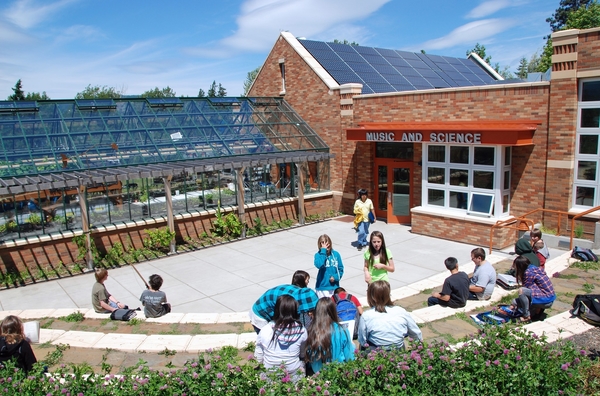Zeroing In
On Energy Neutral Buildings
It was a different era in 1997, when Portland, Ore.-based New Buildings Institute, a nonprofit organization that promotes energy performance improvements in commercial buildings, was founded. LEED and ENERGY STAR® buildings, Living Buildings, market adoption of renewable energy to any measurable degree—all were yet to come. “Reducing energy use was almost exclusively driven by utility […]

